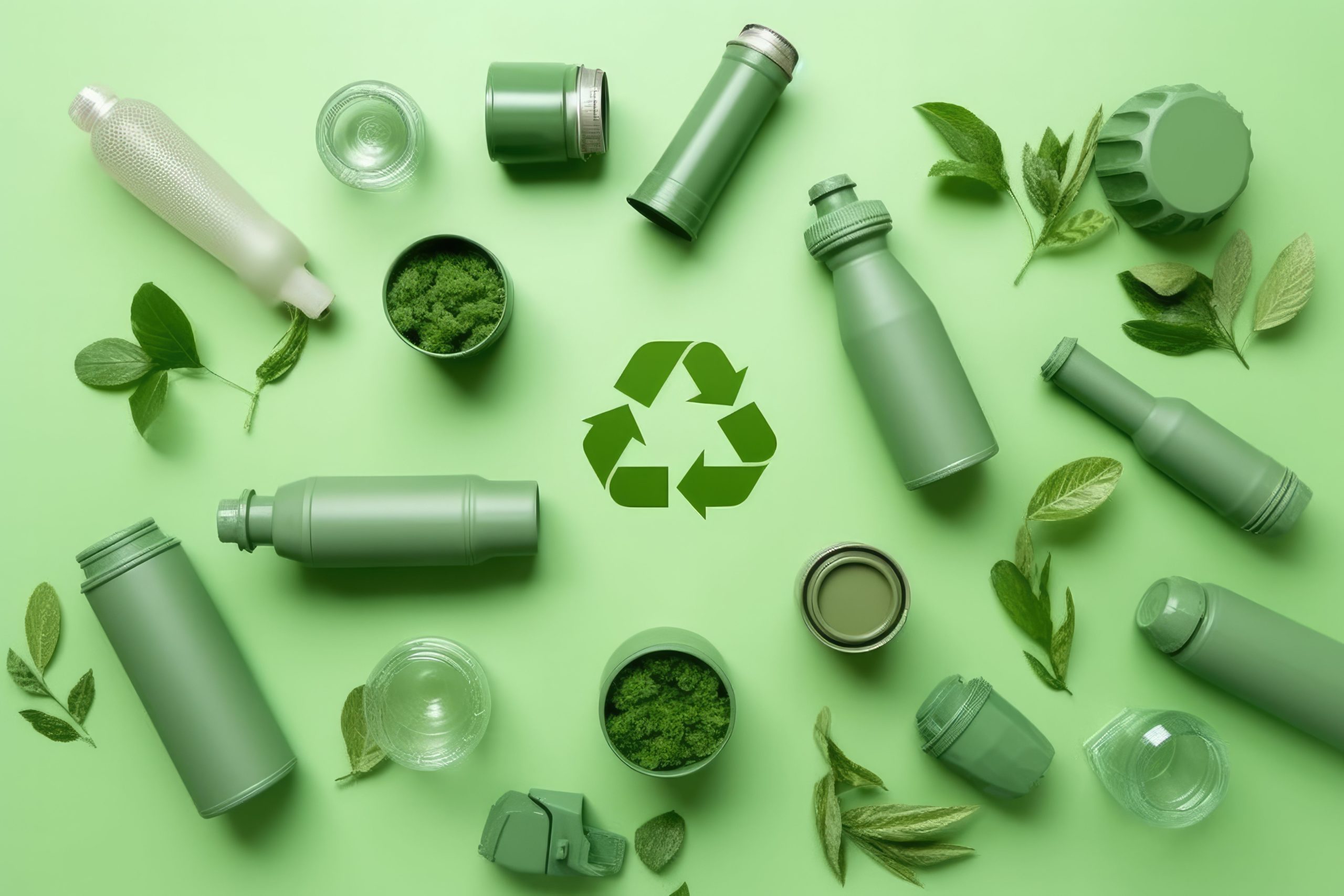In a world faced with growing environmental challenges, the need to rethink our approach to waste management, and in particular plastic waste, has become imperative. The circular economy appears to be a promising solution for reducing the impact of plastics on the environment, while promoting a more responsible use of resources.
Understanding the circular economy :
The circular economy is a concept that aims to optimize the use of resources by promoting the reuse, regeneration and recycling of products and materials. Unlike the traditional linear economy, where products are manufactured, used and discarded, the circular economy promotes the design of sustainable products, repair and reuse, and the recovery of end-of-life materials to create new resources.
Plastics in the circular economy:
Plastics play a central role in the circular economy due to their versatility, availability, durability and ability to be recycled and transformed into new products. However, for plastics to make an effective contribution to a circular economy, it is essential to rethink its entire life cycle, from product design to responsible end-of-life disposal, so as to truly enable plastic waste to be recovered.
On this subject, see our article on LCA, the Life Cycle Assessment of products.

The three principles of the circular economy applied to the plastics industry :
- Circular design: Plastic product design should be oriented towards sustainability, favoring modular designs that are easy to repair and disassemble. Plastic materials should be chosen on the basis of their recyclability and their ability to be reintroduced into the value chain at the end of their use cycle.
- Circular use: Plastic products should be used for as long as possible, favoring reuse, rental and sharing rather than one-off purchase. Initiatives such as deposits and recycling of plastic packaging can help extend the useful life of plastic products.
- Circular management at end-of-life: Selective collection, sorting and recycling of plastic waste are essential to ensure its reintegration into the value chain. Mechanical recycling technologies such as shredding, or more advanced ones such as pyrolysis and chemical recycling, can be used to recover plastic waste and transform it into new materials.
On the industrial side, VALOMATEX, for example, has set itself the task of helping plastics professionals to recycle their scrap (production off-cuts, injection sprues, dormant stocks, single-material purges, etc.) and reintegrate them into the plastics industry via open or closed loops.
Open loop: a manufacturer’s offcuts are recycled by other plastics manufacturers.
Closed loop: a manufacturer reuses its own offcuts in order to move towards a 0-waste objective.
Challenges and opportunities :
Although the circular economy offers many benefits in terms of waste reduction and resource conservation, it faces a number of challenges. These include the need to rethink traditional business models, invest in efficient collection and recycling infrastructure, and raise awareness and educate consumers on the importance of responsible plastic waste management.
Conclusion:
Plastics have the potential to play an important role in the transition to a circular and more sustainable economy. By rethinking the way we design, use and manage plastic products, we can reduce their impact on the environment while creating new economic and social opportunities. By embracing the principles of the circular economy and working together to create a more circular and resilient system, we can shape a future where plastics are used responsibly and sustainably.




Leave a Reply